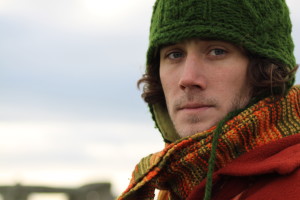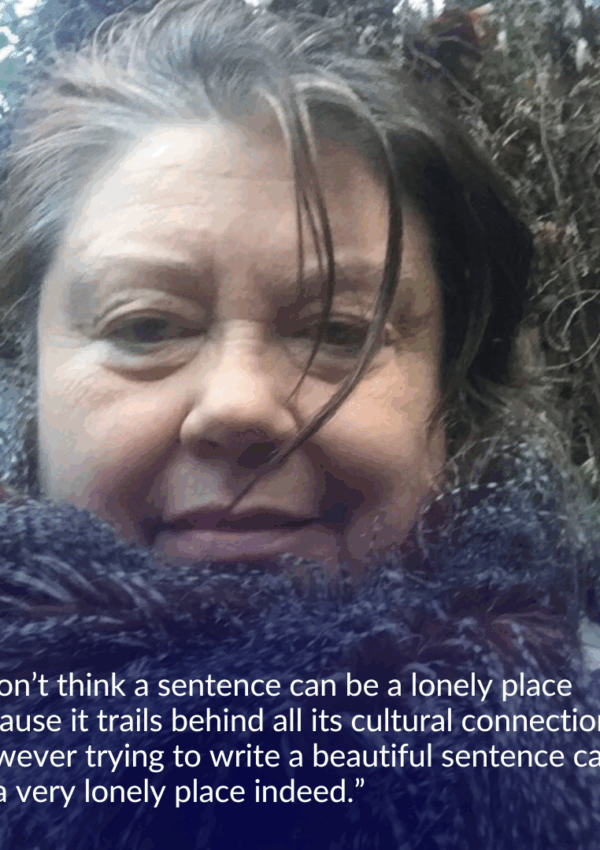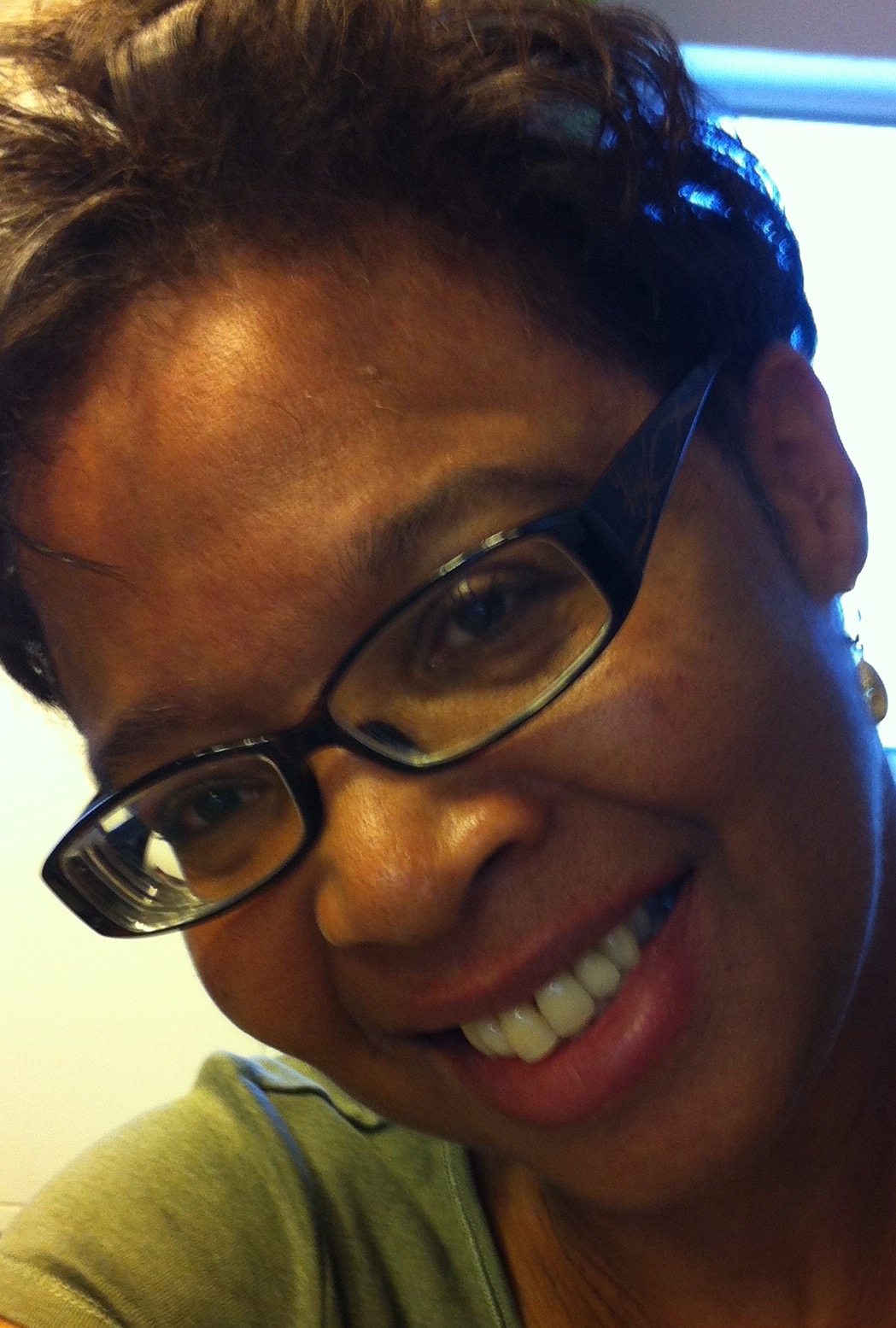The First Song and Mosh:
The best rock and roll concert I’ve ever witnessed was not Metallica or Korn at the L.A. Coliseum in the summer of 2000. It was not Tool in Bakersfield at the Bill Graham Auditorium in 2006, and it was not Van Halen at the California Mid-State Fair in 2013, nor was it Audioslave or Jurassic 5 or the Roots or Incubus or 311 or ZZ Top. And though Nine Inch Nails came damn close when I saw them at the Cal Poly Rec. Center in 2005, the best rock and roll concert I’ve ever seen was put on by the hardcore band Carry On in December of 2000 at the Ojai, California Women’s Center. My good friend Josh Luce, who was the former bass player for the band, had just returned home from the army on leave, and we piled in his mom’s van with his brother and a few friends to go and check out the band’s new lineup.
I had never been to a hardcore show before that night. Kids were guzzling Big Gulps in the parking lot and drawing Xs on the back of their hands in thick marker, skinny kids who rocked black hoodies with patches safety-pinned all over them, vegan kids who were trying kickflips and pop shove-its on their skateboards while they waited for the doors to open. It was cold. Anticipation was all over everyone. My friends and I chugged a few cherry cokes. Then each of us stuffed five dollars into a coffee can and rushed into a dark room about the size of half a basketball court. The ceiling was low. The lights went down. The power chords on the guitars got warzone loud, and I watched, awestruck, as Ryan George, the lead singer of Carry On, put on a masterclass in how to toe the line between improvisation and order. The crowd stayed actively engaged, moving, entertained, and bruising against each other in unison.
And I know a hardcore show may seem like a strange place to glean valuable lessons for teaching students to write, but I want to treat students in my college class as if they are coming to my course to be entertained first and to be educated second. This, I feel, puts the impetus on the professor to keep each day’s material engaging and to find new ways of packaging a lesson in a way that urges students to take part in the performance.
The Art of Call and Response:
A good rock and roll band gets the crowd involved, so it follows that a good teacher should be able to keep the students active and talking. I do this first with imagination exercises at the beginning of the course (examples: give me fifteen specific images for jealousy, or show me a character’s gesture that illustrates his sadness in a way other than crying, or I dare you to write a poem from the perspective of someone you’ve wronged), and then I have students firing their ideas off of each other out loud in order to get them moving in mind and in body early and often! I’m writing their ideas on the board, and I’m returning to their ideas throughout the day and giving students credit for their ideas by name!
Carry On put on the best rock concert in my mind because Ryan and the band had the crowd moshing and singing just as much as the band themselves. Ryan launched himself into the pit over and over again. He’d scream a line of the melody and then hold out the mic for twenty or so kids to shout a response into. This, in a similar way, has to happen in a good creative writing course. Not only do I have to assign new books and poems I believe in by exciting writers at the forefront of the genre, I also have to ask questions about the work we are reading in new and challenging ways that make the students believe that asking new questions about the work can help them get better. And I have to wander around the classroom, up and down the aisles, to play with the geography of the space, to write on all the surrounding whiteboards on all four walls. This, too, gets the students moving, literally in their seats. It gets them active.
The Art of Reading the Crowd:
Consider when you go to watch a band you like at a bar who has everyone dancing, and then the singer pulls out the acoustic to play a slow song, and 75 percent of the crowd leaves the dance floor to go to the bathroom or to grab another drink. The best live bands understand how to keep that kind of lull in the live energy to a minimum, and Carry On kept the gas pedal pinned the entire time, no talking or tuning or jiving between songs. They kept the show plowing forward with purpose at white-knuckle speed.
Having sung in a touring band myself for several years in addition to teaching, I’ve learned in both settings to watch the crowd for signs that the energy is dipping. At the same time, some days, for whatever reason (it could be the time of day, it could be the end of the semester), the students just don’t seem engaged. A girl in the back is nodding off. A guy in the middle row seems to be doing his Math homework.
There was a time when I believed that the apathy and boredom all over the faces and shoulders of the students in my classes was their fault, but I’m going to be blunt—if that happens in a college course, it is most often the teacher’s fault and not the students’. When a band sounds bad, we don’t blame the audience, and when I recognized that I owe my students my best, I aimed to ask more of my teaching just as I would the performance of a song or a poem I’ve written because it is not only the subject matter that’s important. It is also the method through which the subject matter is being delivered.
At one point in the Carry On show, there was a lull in the pit, and it was then that Ryan rumbled down into the crowd and began rallying the kids around him to start a circle mosh while singing the chorus of the band’s straight edge anthem, “Pushing Forward.” The song is a sing-a-long, and people were nodding their heads, but if Ryan didn’t recognize that moment when the energy had faded in the blink of a sixteenth note, if he didn’t jump out among them, then he might have lost the crowd. Of course, that night, Ryan read the room and improvised, and that’s why I’m writing this essay about him.
The Art of Improvisation:
If what I’m doing is putting the students or the crowd to sleep, then it’s time for me to take it out of the set list and to move on to something else. This can be difficult if you are a teacher with a very particular lesson plan that you like to stick to (as I was for a time), but it is so important to be able to change gears mid-class if you find something isn’t working and the energy is falling off. My former professor, Dr. Jerry Farber, from San Diego State University, who is retired now, used to call this “teaching presence in the classroom.” Ryan would probably call this “putting on a good fucking show.”
Whatever you want to call it, I know I have to be willing to change, to evolve, to adapt everyday to the classroom and the people in it. This might mean letting a discussion go on a little longer than I’d planned, or it might mean getting students in groups on the fly to wake them up, or it might mean a quick flash-fiction writing assignment everyone will have to stand up and read out loud, or it might mean going outside and shouting a poem at the top of the flagpole. The central idea, here, is that a rock show is normally great when the musicians know that the crowd is digging a certain moment in a certain song, and they adapt, they jam the section of the song out for a few more minutes, they push that good moment when everyone is engaged just a little bit further. They give the crowd what it has rightly earned: a place to be a part of something larger than themselves. I can have a lesson plan or a setlist, but I have to be willing to improvise on the fly if the ever-changing classroom environment on that day calls for it. And I will.
Encore:
A good rock band flirts with chaos but somehow manages to keep the whole production together and moving. I want my creative courses to go something like that, to toe that line between order and improvisation. That night in December of 2000, there were bloody noses and ripped shirts. That’s what a hardcore show is. There was so much salt and steam in the darkness below that low hung ceiling, and then Ryan announced that my best friend Josh Luce, “GI Joe” as Ryan called him over the microphone, was going to get up and play the last two songs of the set with his old band.
At that point, America was belly deep in another foreign war, and I didn’t know if my friend was going to be flown over there to fight it. So, at 18, that night, when I watched my friend with his blue Spitfire hat on as he twirled his low-slung bass around his shoulders, it meant a little more to me than it would have otherwise. If my best friend was getting involved, then so was I because that’s when a good performance turns into a great one, when everybody there (band and crowd) (teacher and student) puts everything of themselves into that moment, and sometimes, like that night, like in a college classroom, you have to push the people around you into the center of the room, you have to dance riotous circles around them with your arms up, and you have to sing until your throat goes out, until you look around and find everyone in the room is singing with you.
 A singer-songwriter and poet from Atascadero, California, Ephraim Scott Sommers is the author of The Night We Set the Dead Kid on Fire which won the 2016 Patricia Bibby First Book Award and was published in February of 2017 by Tebot Bach Press. Recent essays and poems have appeared or are forthcoming in Beloit Poetry Journal, Cream City Review, The Journal, Prairie Schooner, TriQuarterly, Verse Daily, and elsewhere. Having received his PhD from Western Michigan University, Ephraim currently teaches creative writing on the graduate faculty at the University of Central Florida and lives with his fiancé in Orlando. For music and poems, please visit: http://www.ephraimscottsommers.com.
A singer-songwriter and poet from Atascadero, California, Ephraim Scott Sommers is the author of The Night We Set the Dead Kid on Fire which won the 2016 Patricia Bibby First Book Award and was published in February of 2017 by Tebot Bach Press. Recent essays and poems have appeared or are forthcoming in Beloit Poetry Journal, Cream City Review, The Journal, Prairie Schooner, TriQuarterly, Verse Daily, and elsewhere. Having received his PhD from Western Michigan University, Ephraim currently teaches creative writing on the graduate faculty at the University of Central Florida and lives with his fiancé in Orlando. For music and poems, please visit: http://www.ephraimscottsommers.com.
Read Ephraim’s poetry in Black Fox Issue 13.



